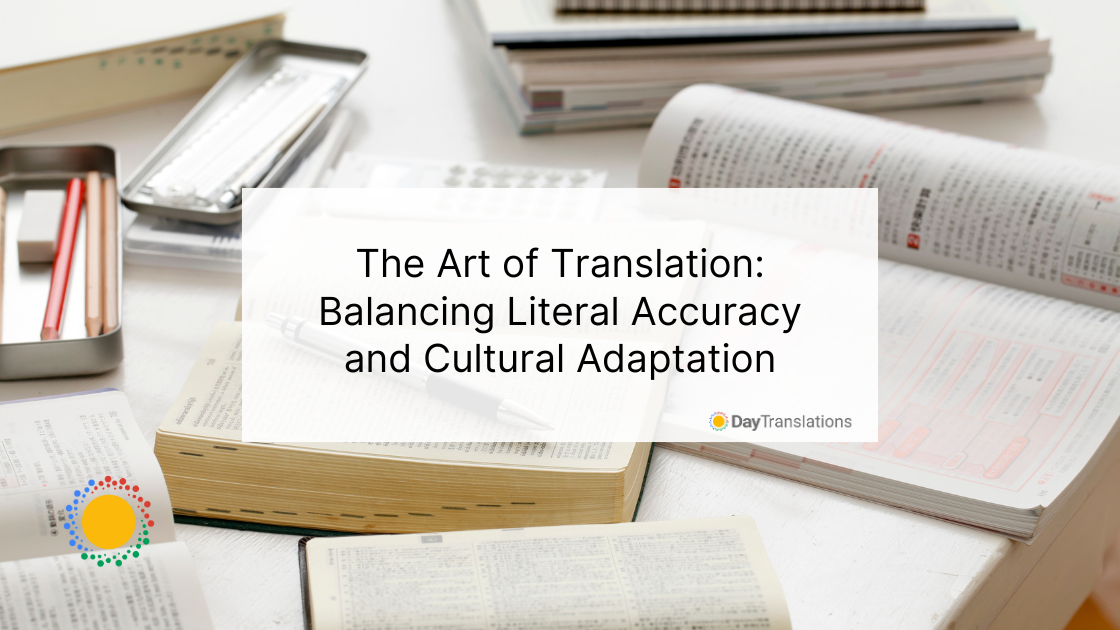Literal accuracy forms the foundation of effective translation. It involves capturing the exact meaning of the source text without altering or embellishing it. For instance, maintaining precise terminology and syntax is crucial to avoid misinterpretations or legal complications when translating technical documents or legal contracts.
The Challenge of Cultural Adaptation
Cultural adaptation is essential to ensure that translated content is accurate, culturally relevant, and sensitive. This involves understanding the cultural context of the source text and making adjustments as needed. For example, idiomatic expressions, gestures, and social norms may require adaptation to resonate with the target audience without losing the original meaning.
Navigating Cultural Nuances and Literal Accuracy
Translators must navigate cultural nuances such as gestures, etiquette, and taboos to ensure that the message remains respectful and inclusive across different societies. This includes adapting idioms, humor, and metaphors to suit cultural sensibilities and avoid misunderstandings or offense.
Striking the Right Balance
Translators constantly struggle to strike the right balance between literal accuracy and cultural adaptation. This requires careful consideration of language nuances, cultural contexts, and the intended audience to deliver translations that are faithful to the original text and culturally appropriate for the target readership.
The Role of Translators in Literature and Business
Literary Translation: Capturing Essence and Style
In literary translation, translators convey the plot and characters accurately and capture the author’s style, voice, and cultural references. This demands a deep understanding of both languages and cultures and creative skill to recreate the magic of the original work while making it accessible to a new audience.
Business Communication: Reaching Global Audiences with Literal Accuracy
In the business world, accurate and culturally adapted translations are essential for global communication and market expansion. Every piece of content must undergo thorough translation and localization, from marketing materials to product documentation, to resonate with diverse audiences and facilitate meaningful connections across international markets.
Bridging Linguistic and Cultural Divides
The art of translation is a complex interplay between literal accuracy and cultural adaptation. Translators serve as linguistic and cultural ambassadors, bridging divides and fostering understanding across linguistic and cultural boundaries. By striking the right balance, they ensure that ideas, stories, and messages can traverse the world seamlessly. This enriches our global community and promoting cross-cultural dialogue and appreciation.












Sorry, the comment form is closed at this time.